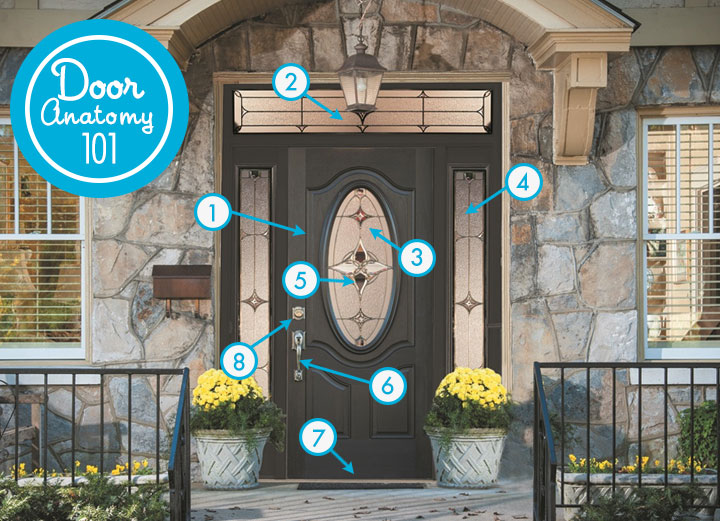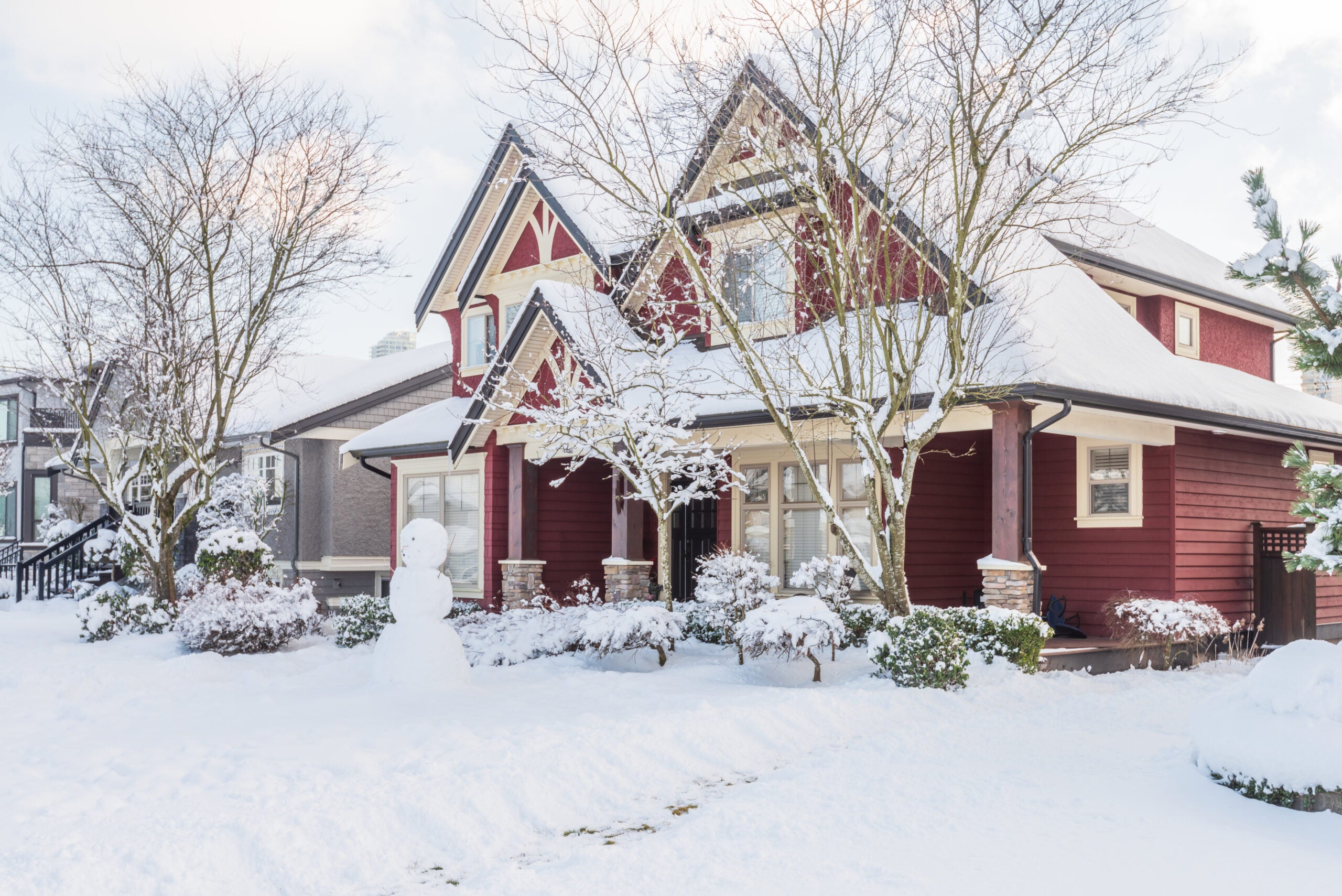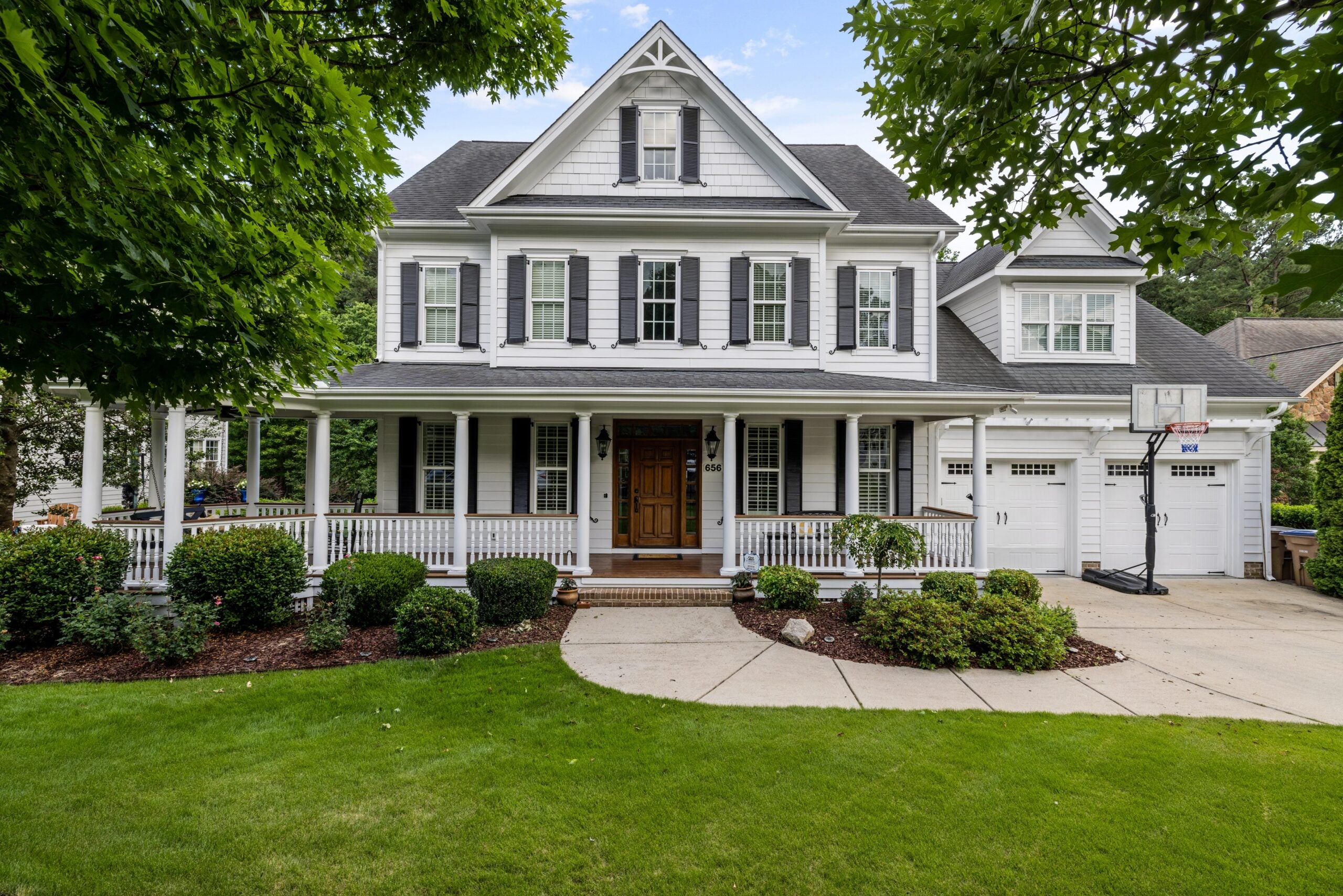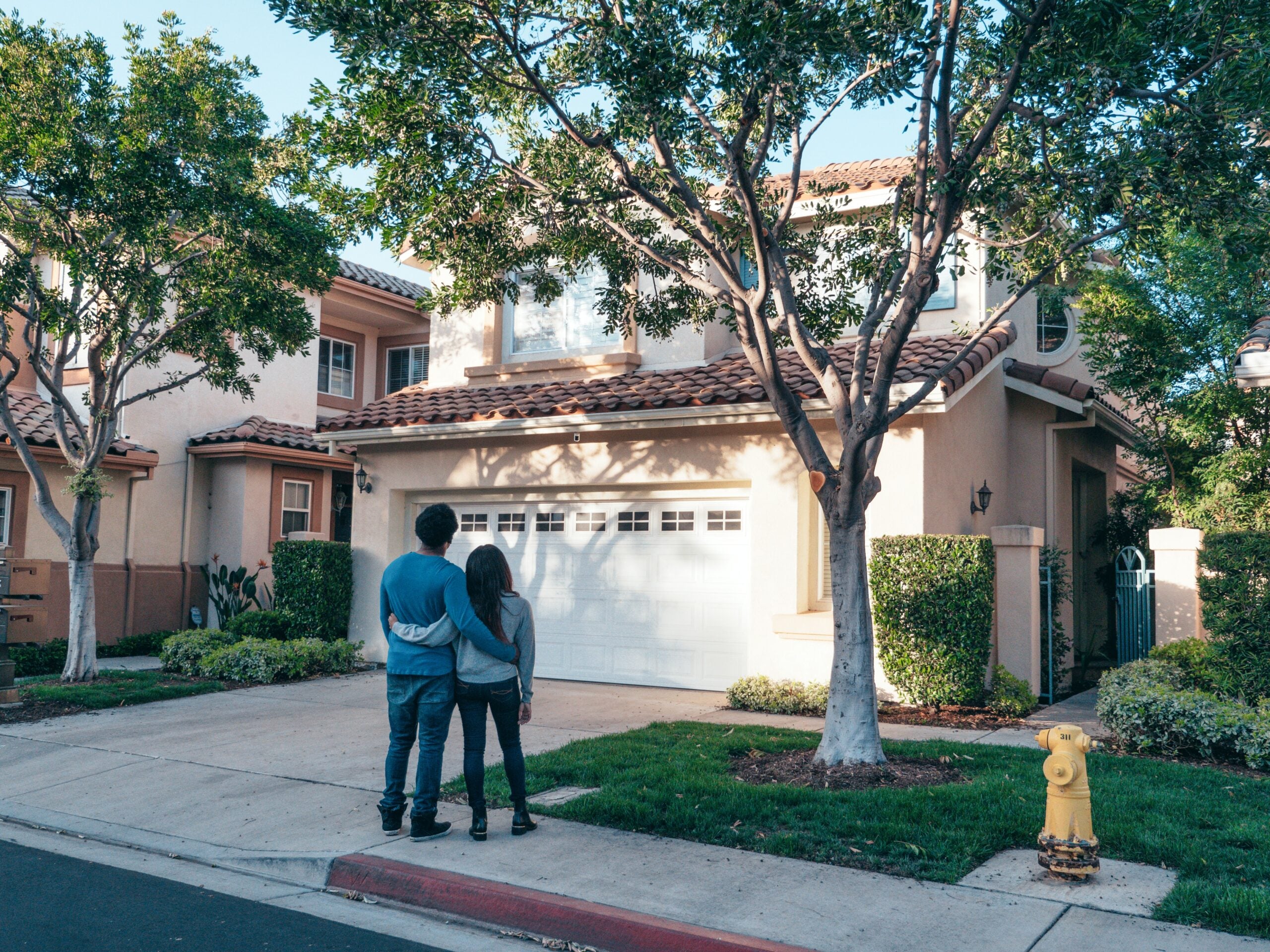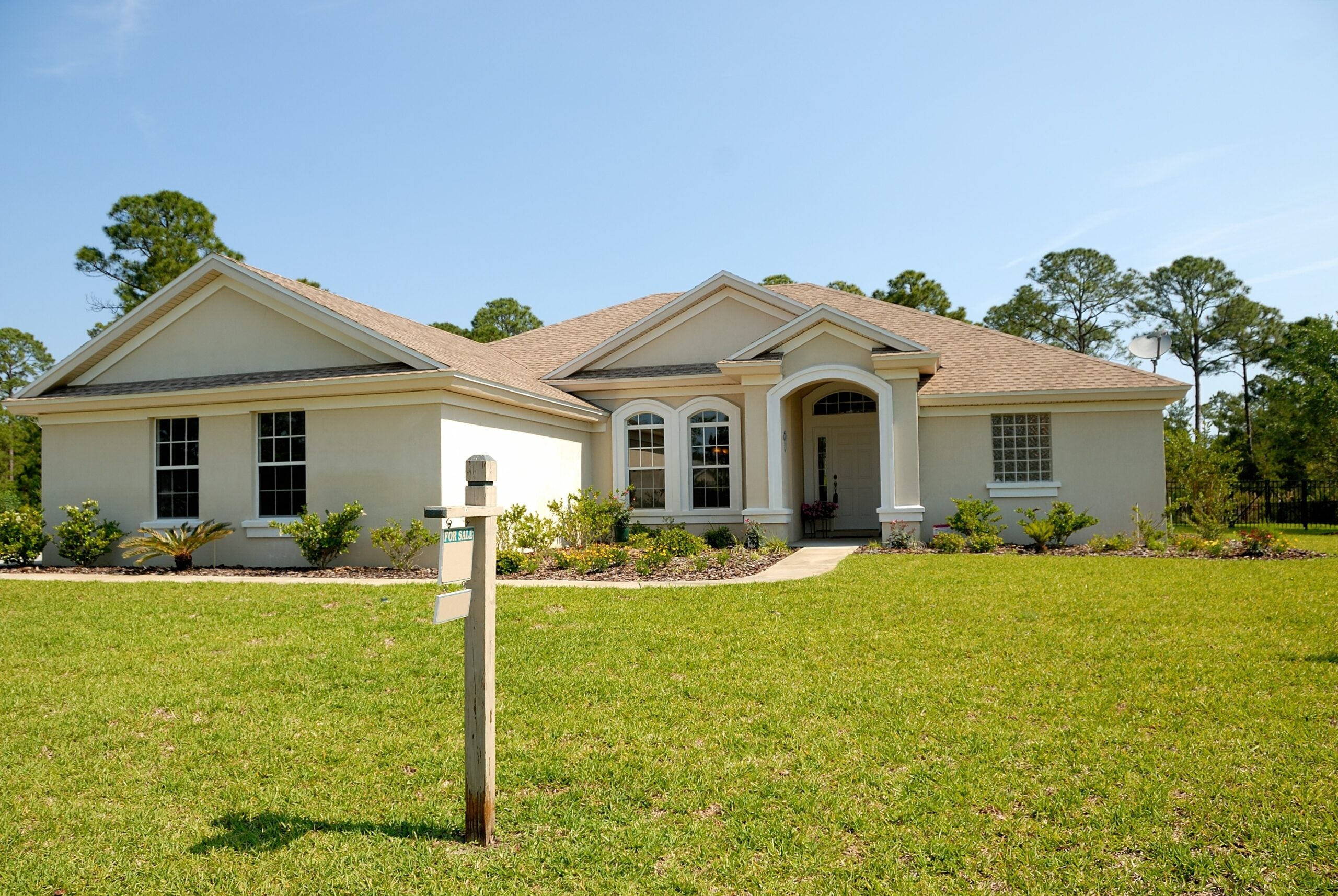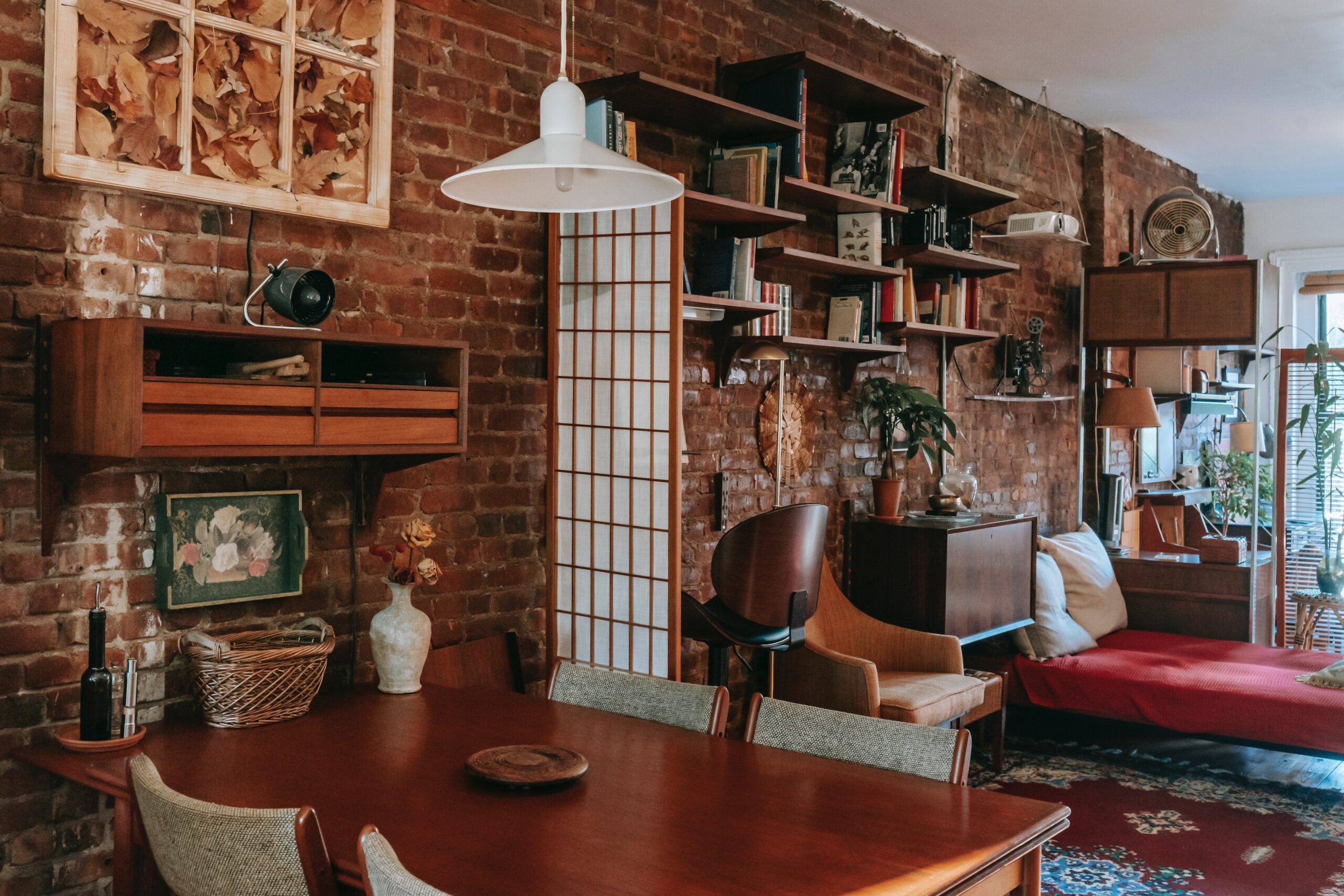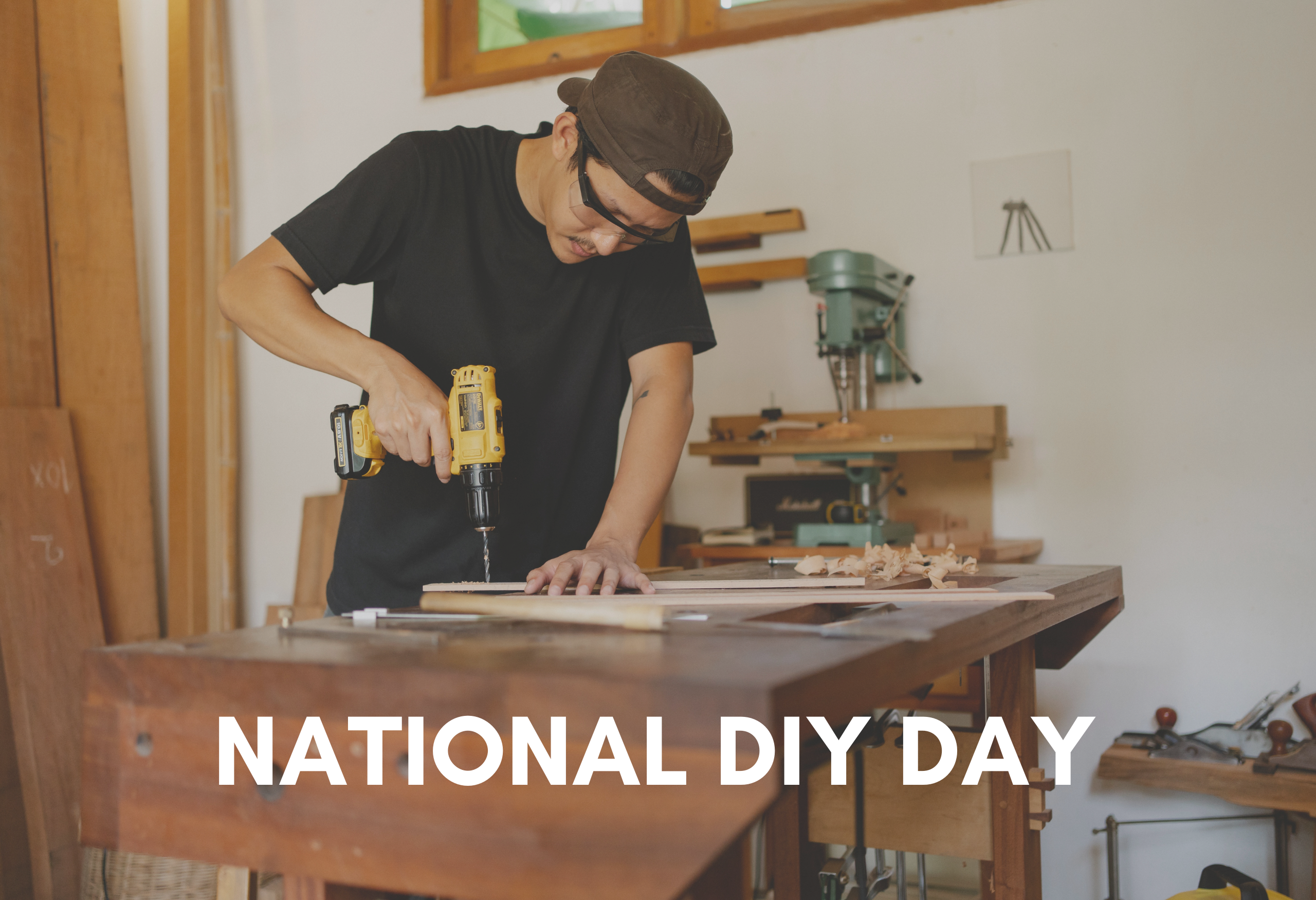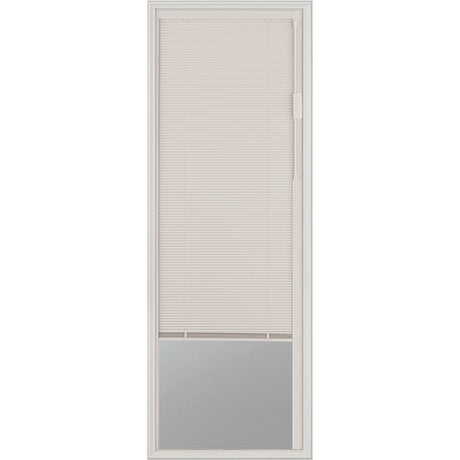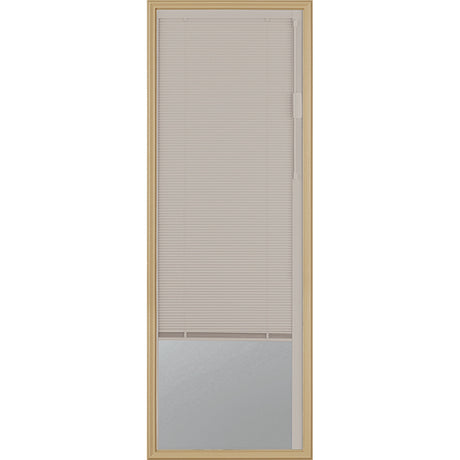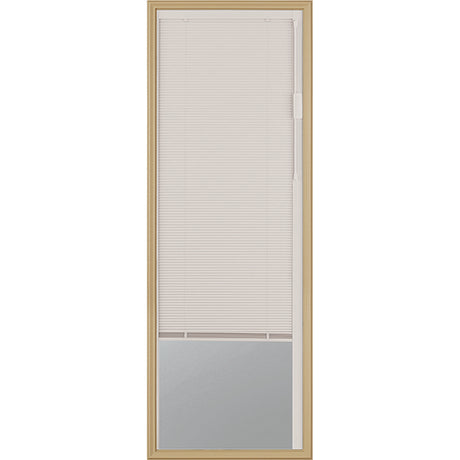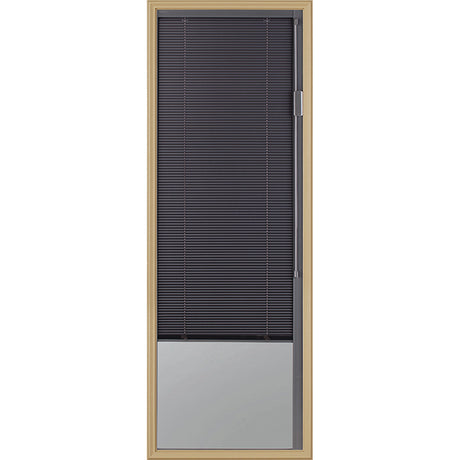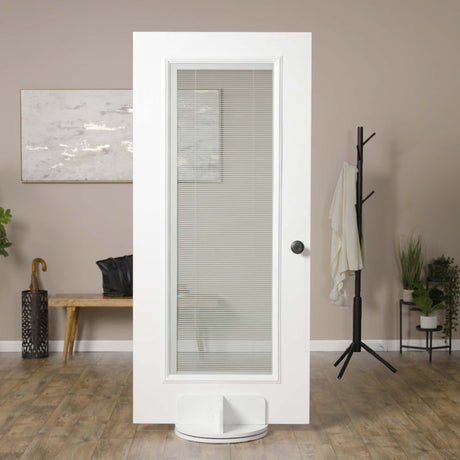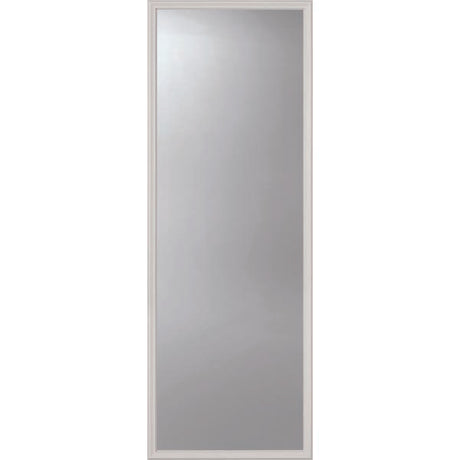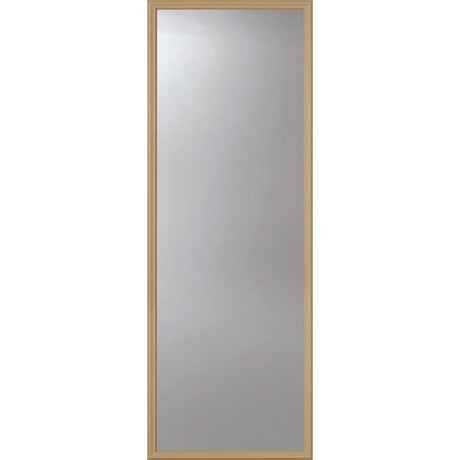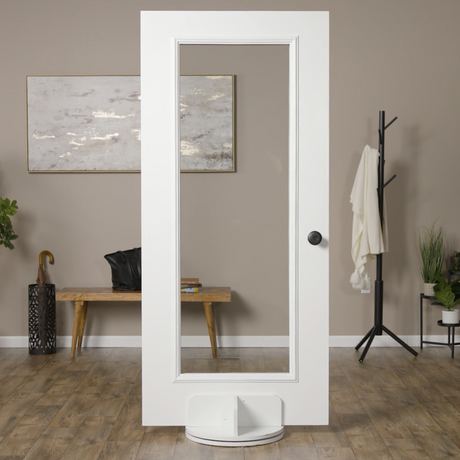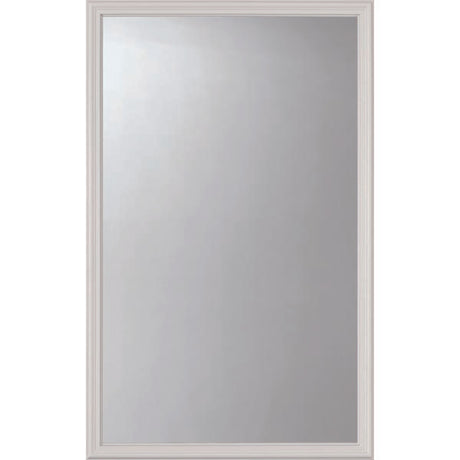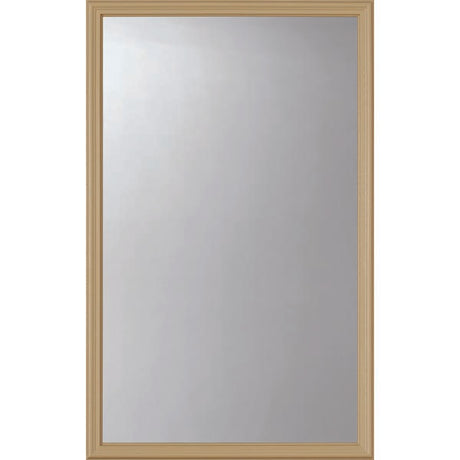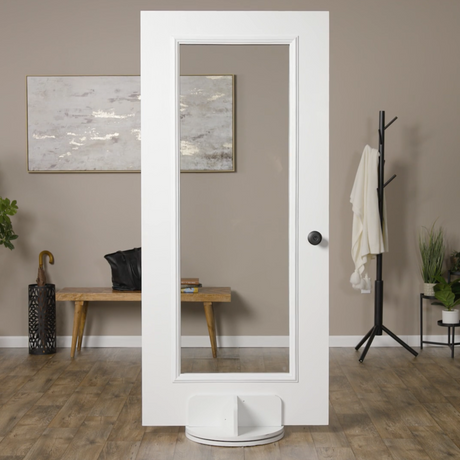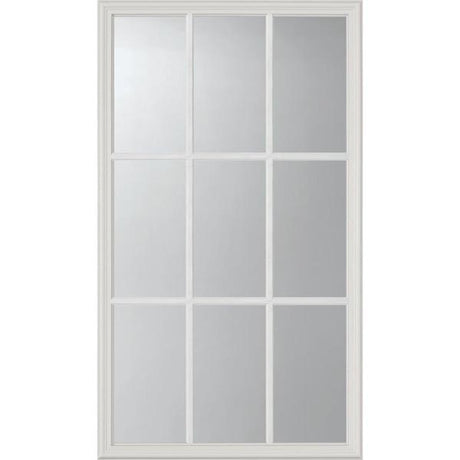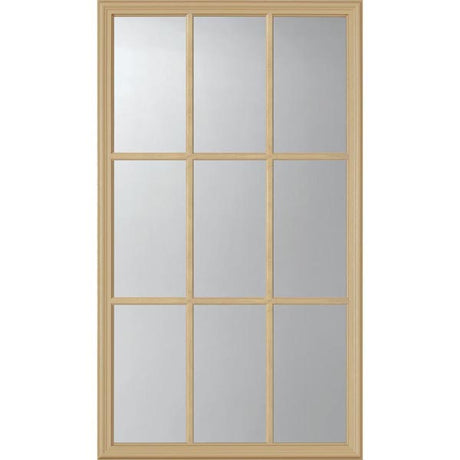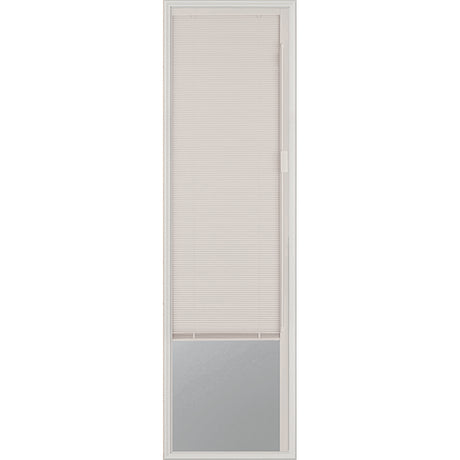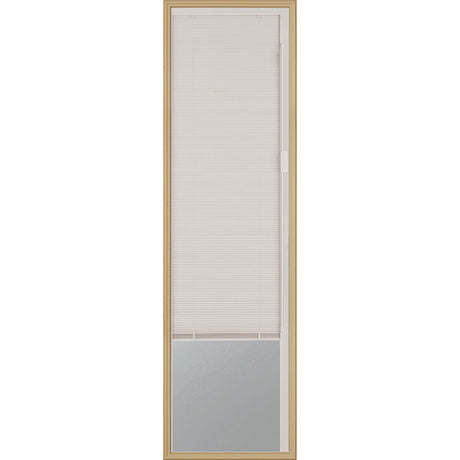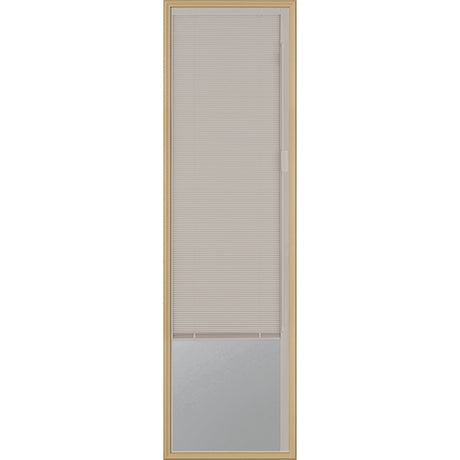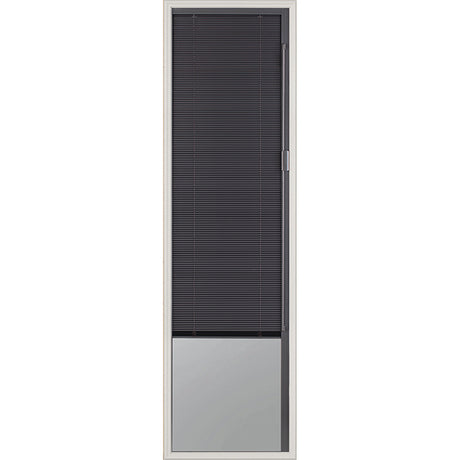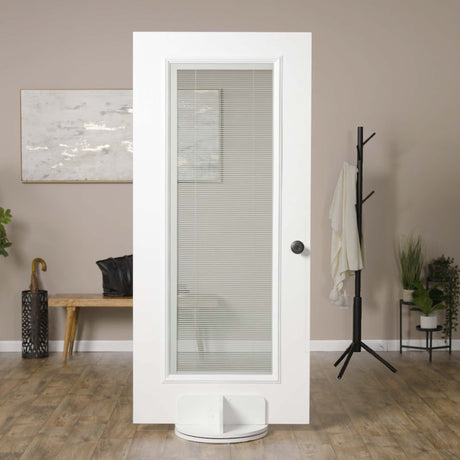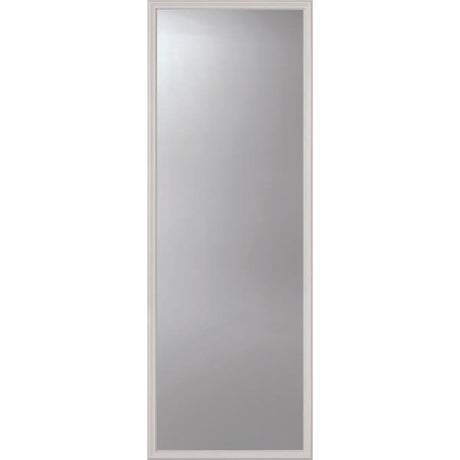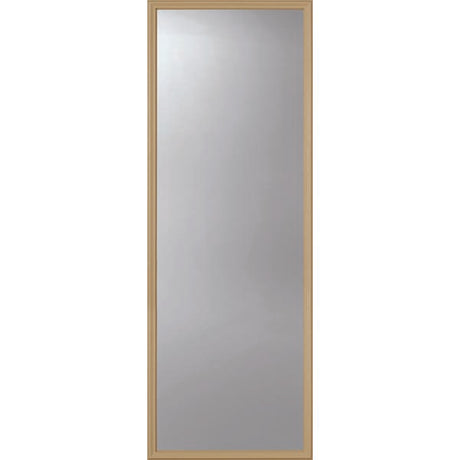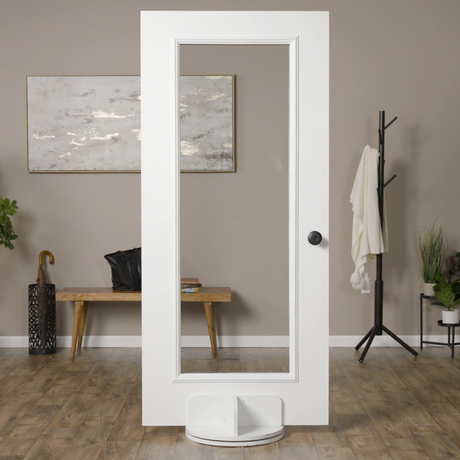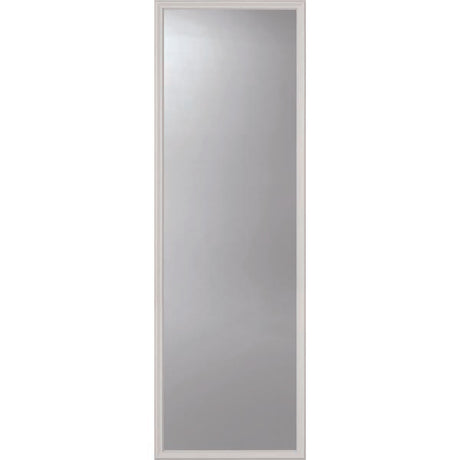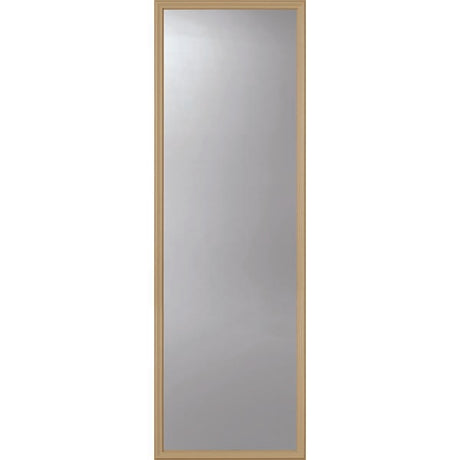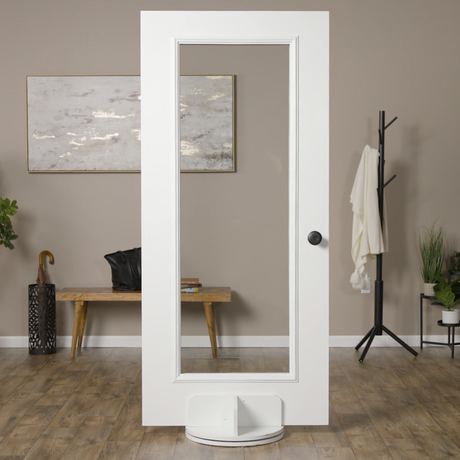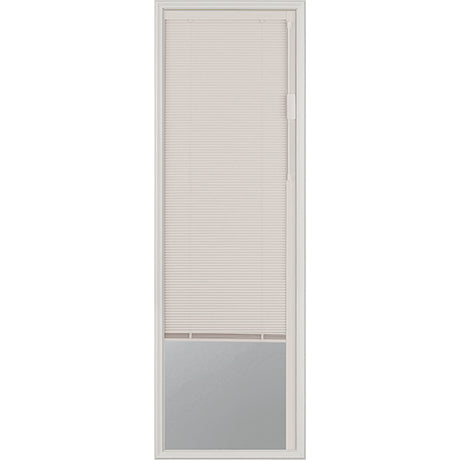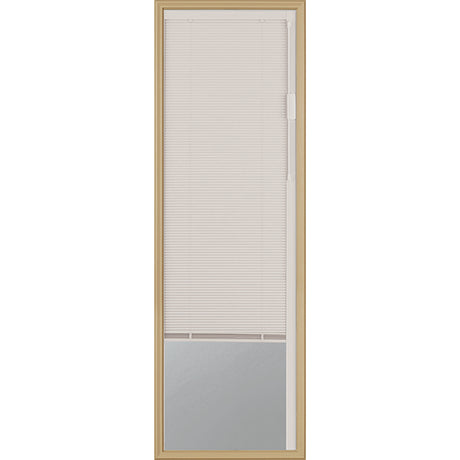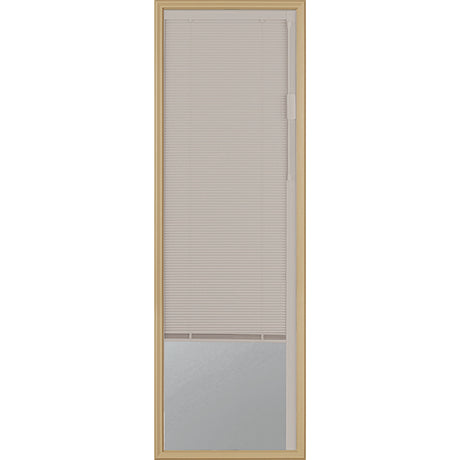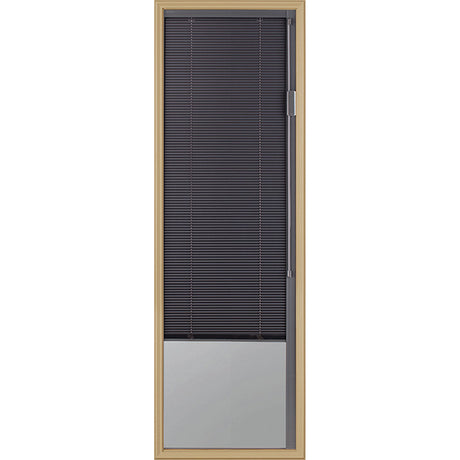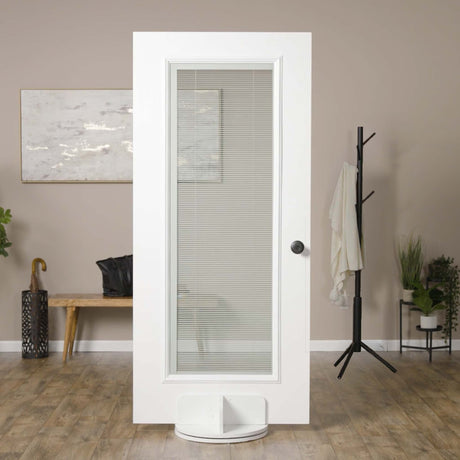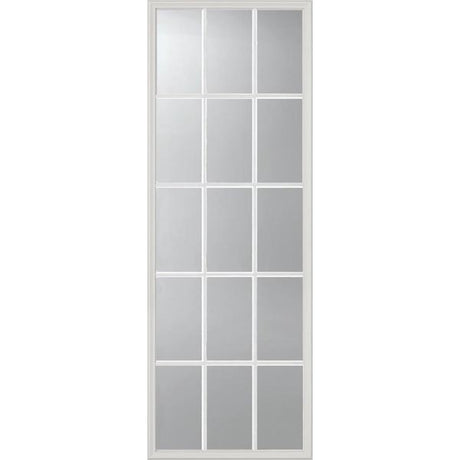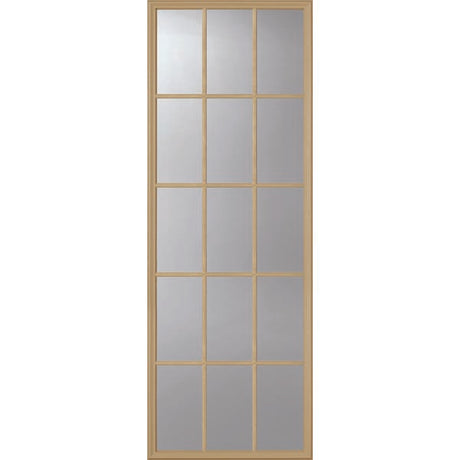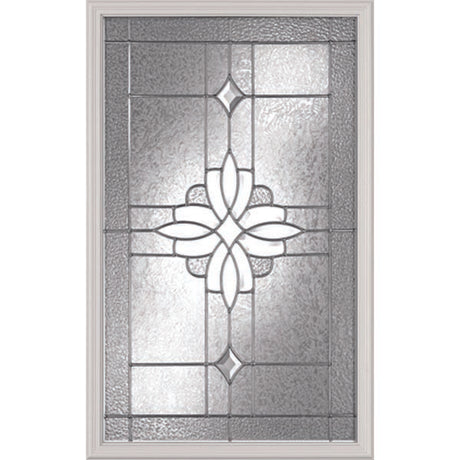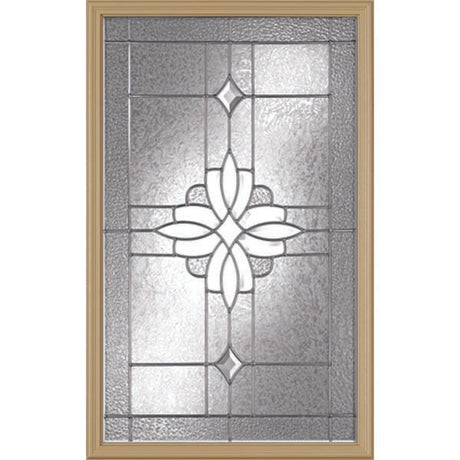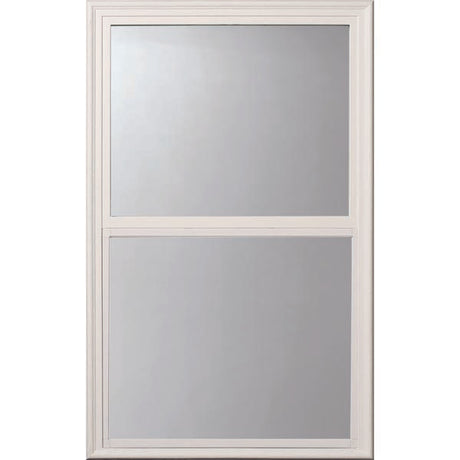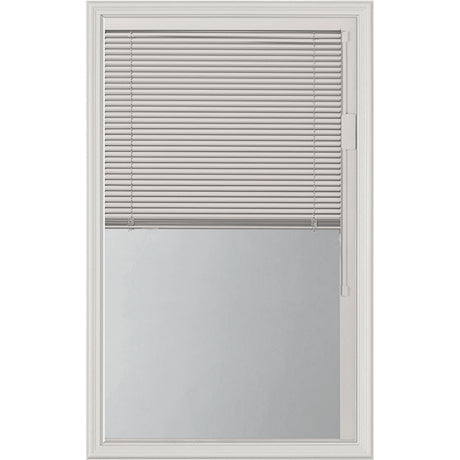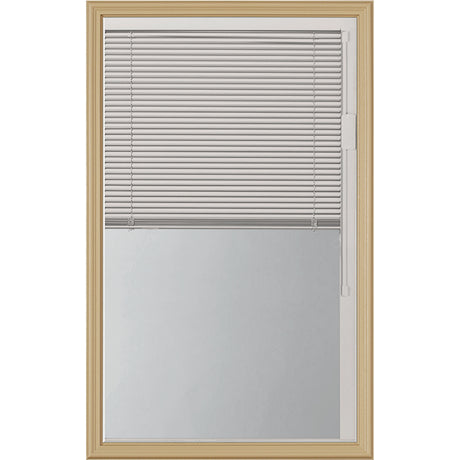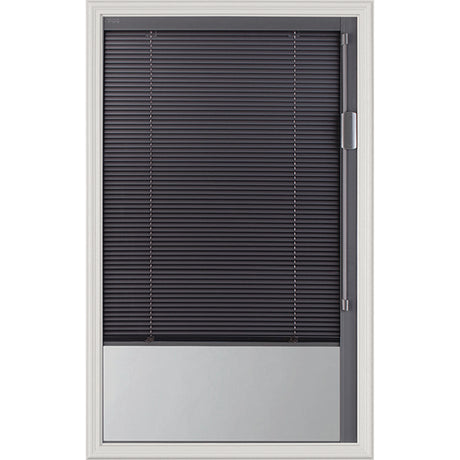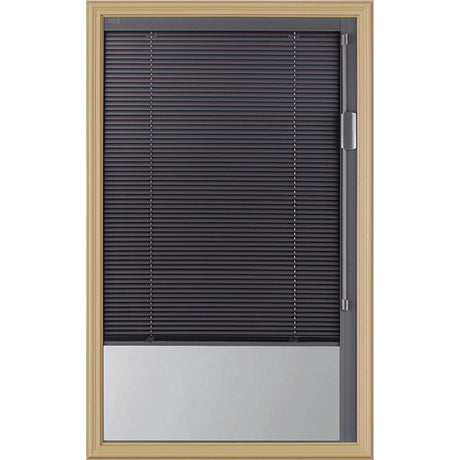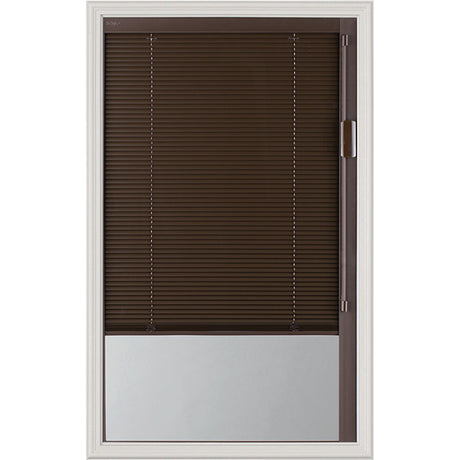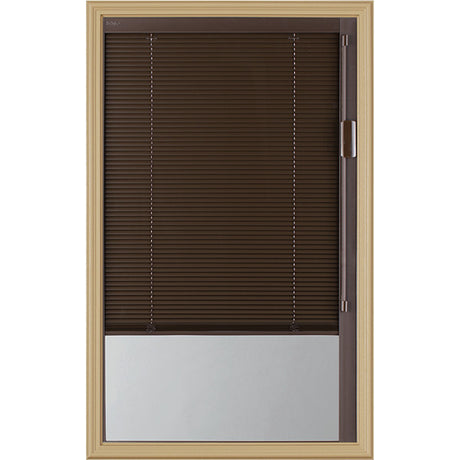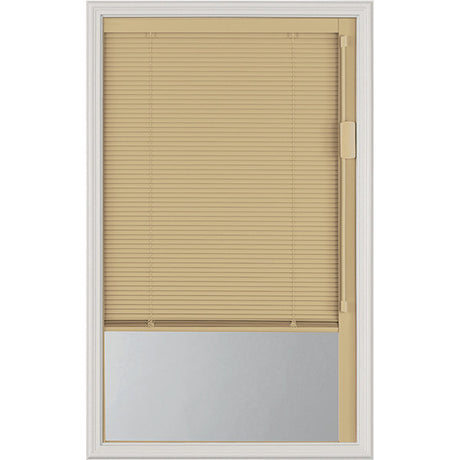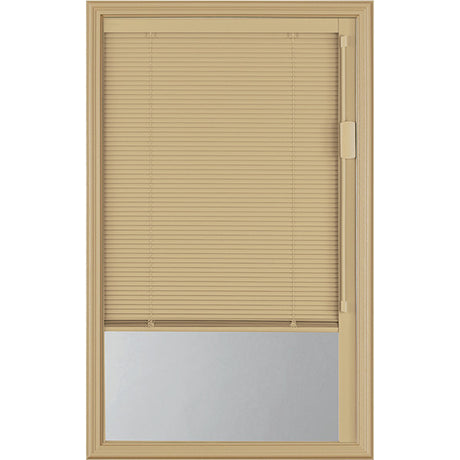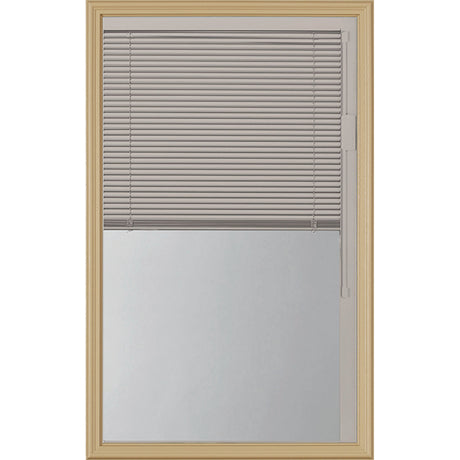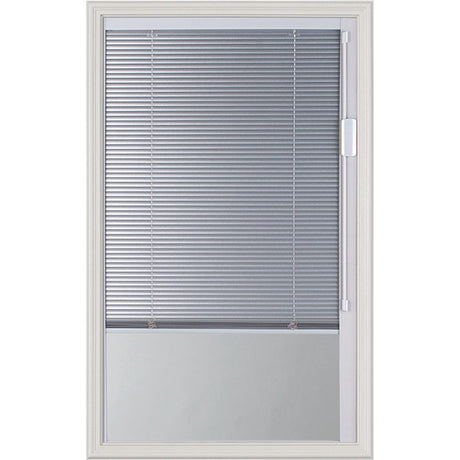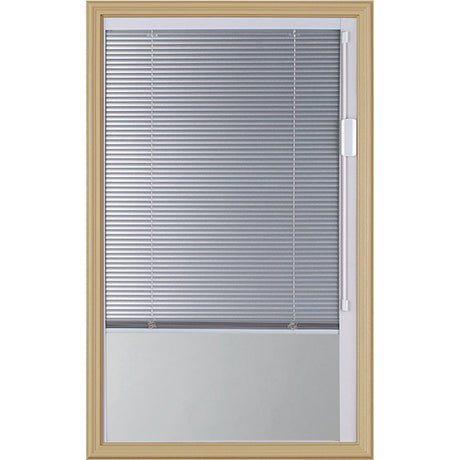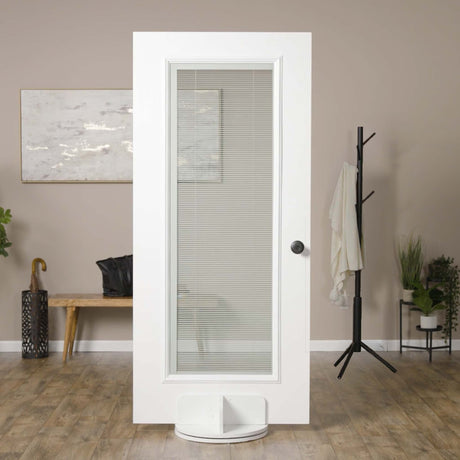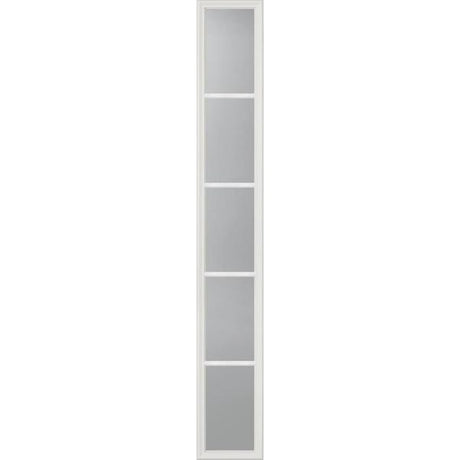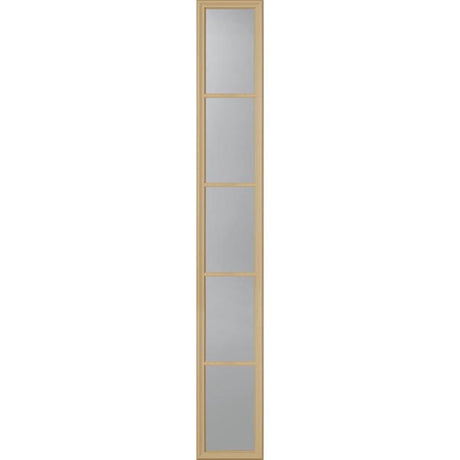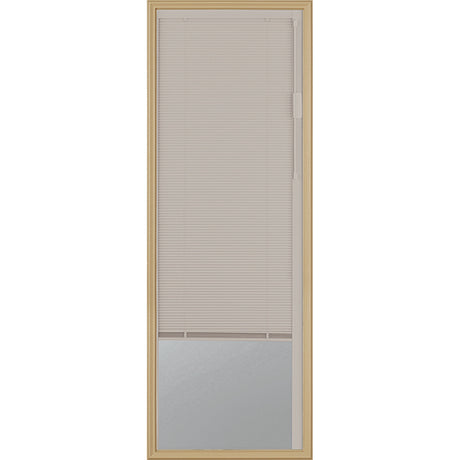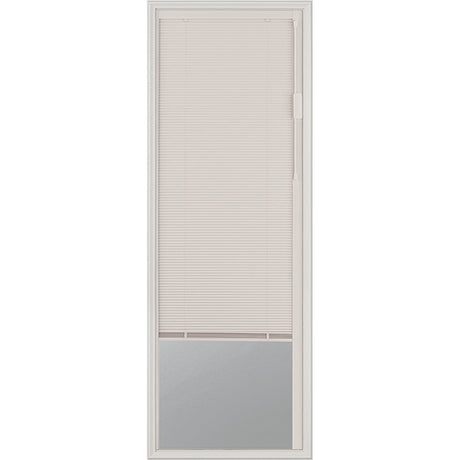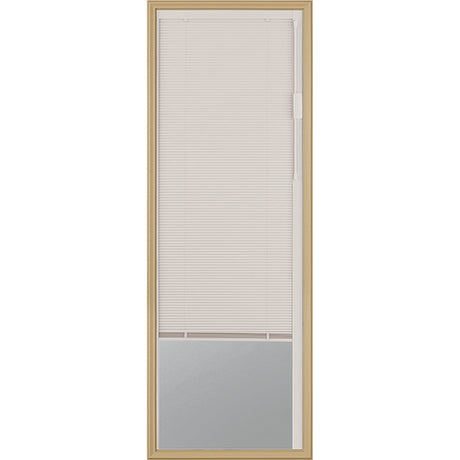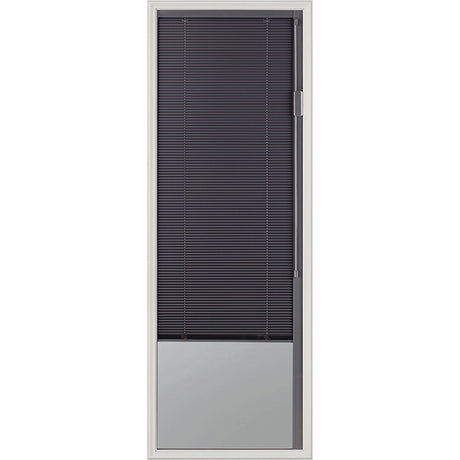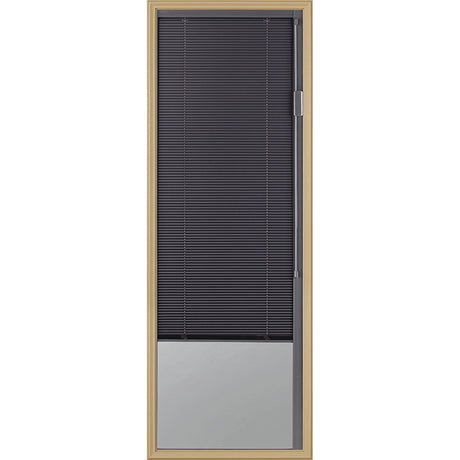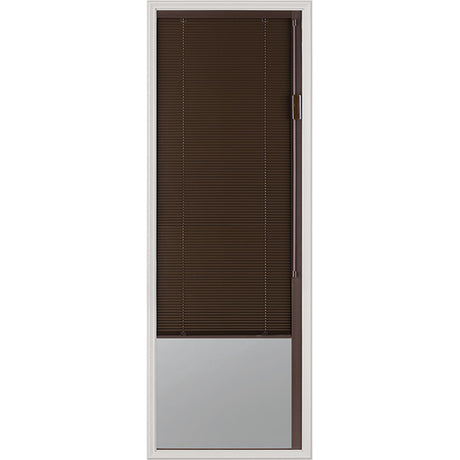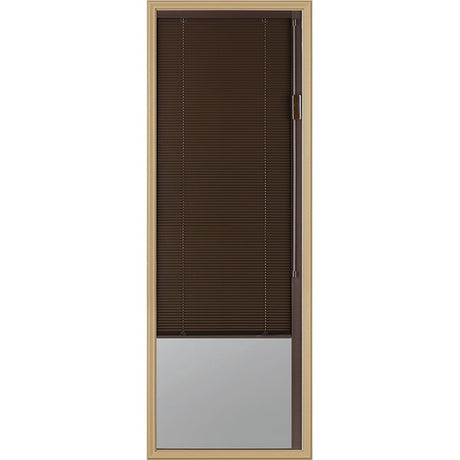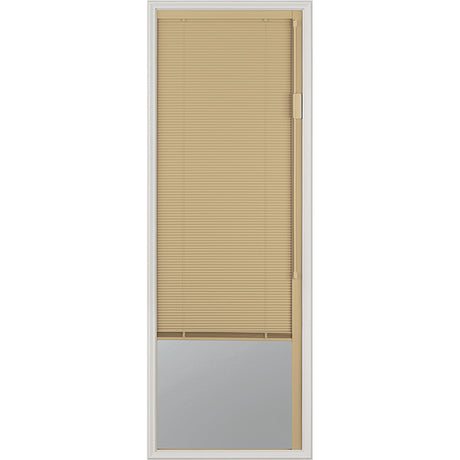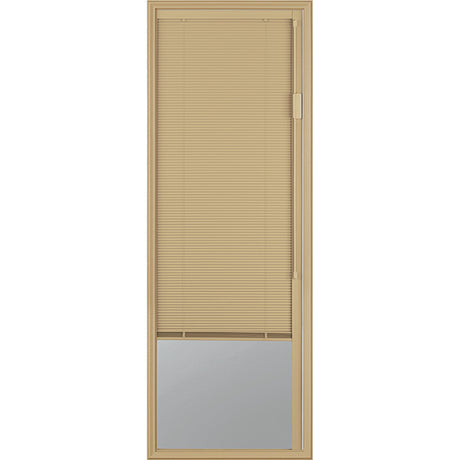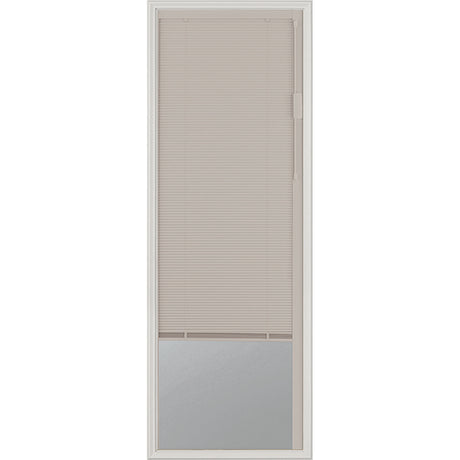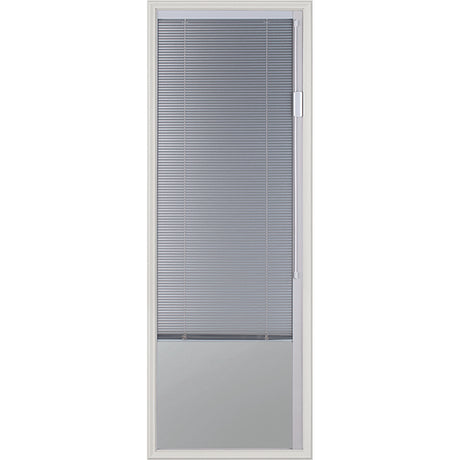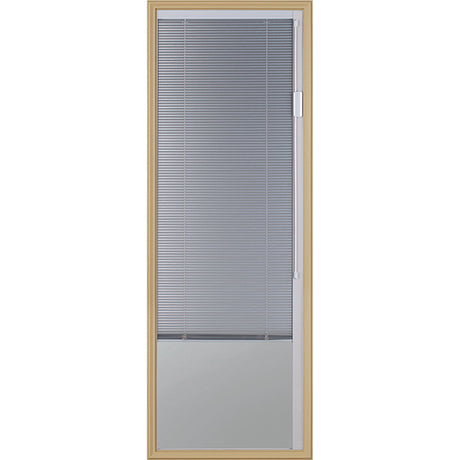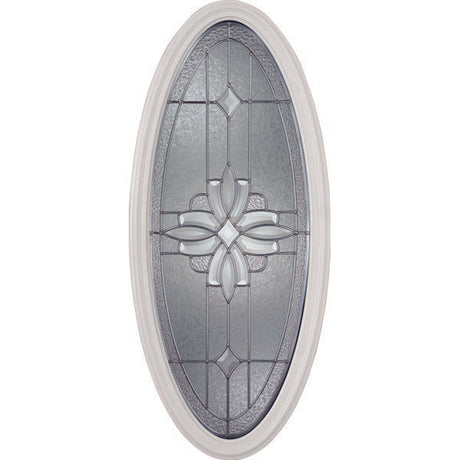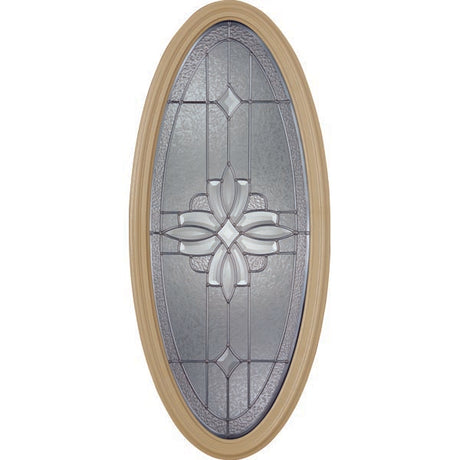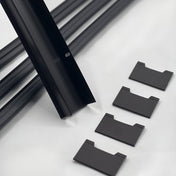Parts of a Door
1. Panel This is the large, main focus of the door that swings open and closed. Panels can come in a wide variety of different types of wood, metal, and synthetic materials. The most common panel configuration is a 6 panel door. 2. Transom An optional glass panel that rests above the door frame. 3. Door Glass Inserts What we know best! Door glass is inserted into the door to add character to a door panel, as well as provide extra natural light. Door glass is usually made from individual pieces of clear, beveled, and/or textured glass. Decorative door glass comes in many different styles to match your home’s architecture. 4. Sidelights Door glass inserts that typically run the entire length of the door, and are fixed on either side of the door frame. 5. Caming The metal parts within a piece of decorative door glass that often create designs and patterns. Caming holds the individual pieces of decorative door glass together. This is also referred to as leading, which refers back to early leaded or stained glass windows. 6. Cylinder Bore These are the holes in your door in which a standard hardware set of a handle and a lock can be placed into and installed. 7. Weep Holes Openings in the sill of the door (at the bottom) that allow water and condensation to escape back outside. 8. Deadbolt Lock A deadbolt is a sturdy lock that's activated by turning a knob or a key, rather than by a spring action.Common Types of Doors
Opaque Doors Opaque doors, both paneled and flush doors, are doors that do not have glass. They are usually found as the front door, side door, house to garage door and utility doors. Opaque means that the door has a completely solid face. The paneling on an Opaque door is referred to as embossing or door panels. These panels can be raised, flush or recessed into the door. If your home was built after 2005, you will typically find that your front door is fiberglass and the other exterior doors are made out of steel. Only 15% of the homes built after 2005 have a wood exterior door.
Glass Doors Doors with glass, also known as door glass inserts, door light, door light insert or insert) are commonly referred to as Glass Doors. There are many types of glass that can go into an exterior door. Some of the more common types of glass are;
-
Blinds Between Glass
- Mini blinds that are in between two panels of glass
-
Decorative Door Glass
- Or stained glass; with bevels and caming
-
Clear Glass with Internal Grids
- Grilles are inside the glass which makes it easier to clean
- Clear Glass with External Grids
- Grilles are on the outside of the glass
- French Doors
- Both doors can operate swinging either inside the home (inswing) or outside the home (out swing)
- Patio Doors
- One door can operate and the other doors is fixed (it cannot open or close).
Door Construction
Over 85% of the exterior doors on the market are either steel or fiberglass doors. Most people think they have a wood door, but in actuality they have a steel or fiberglass doors. Many people assume that their door is solid because it's heavy. However, most doors are actually filled with polyurethane or polystyrene for their insulating properties. A real wood door is the only solid door on the market for residential applications.Material- Wood
- Wood doors are very popular among homeowners because of their durability and versatility. They can be designed to meet a wide variety of needs and are available in an equally wide range of price points.
- Steel
- Steel doors can be the safest, most secure doors on the market. However, steel doors offer a wide range of quality. When shopping for a steel door, make sure to check the gauge and know that the higher the number, the thinner the steel. If you're looking for a place to start, 22-gauge steel doors are a common and durable choice for homeowners.
- Fiberglass
- Fiberglass doors are a durable choice. Most fiberglass doors are constructed to look like they're made from wood, yet they share more qualities with steel doors. They fall in between most steel and wood doors as far as price range, and generally last a long time. When it comes to security, however, they are lighter than wood doors and less sturdy than steel doors.
Handling
When determining whether your door is left-hand or right-hand, remember opposites attract!
- Left
- If you have a left-hand door, your handle (knob or lever) will be on the right side of the door panel. Think about how you normally open doors. If you're reaching out to open the door with your left hand, you would reach across your body to the right side of the door, to pull the door open.
- Right
- If you have a right-hand door, your handle (knob or lever) will be on the left side of the door panel. Again, if you're reaching out to open the door with your right hand, you would reach across your body to the left side of the door, to pull the door open.
- Inswing
- Inswing means that when you pull open the door, it opens towards you from the inside of the home.
- Outswing
- Outswing means that when you push open the door, it opens away from you from the inside of the home.
Want to learn more about your door? Check out our measurement guide to find out how to get the exact measurements of your door so that you can replace the glass, add new glass, and more!

